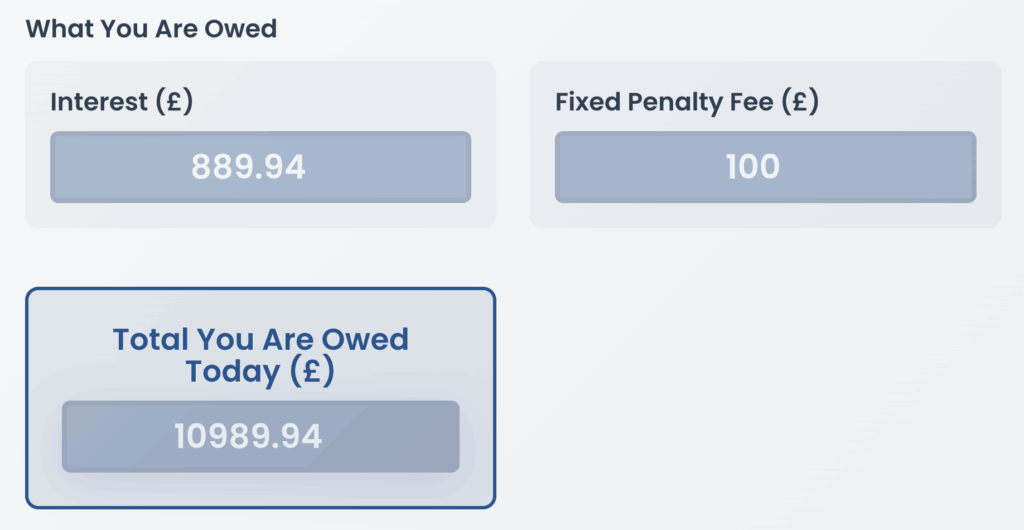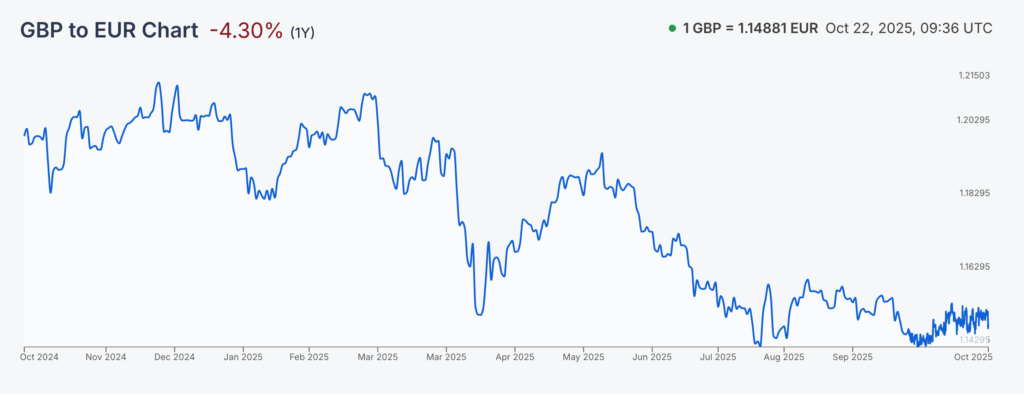Like any type of business planning, creating a cash flow forecast is about anticipating potential cash flow problems so they can be avoided.
The annual cycle of reviewing accounts and setting budget forecasts for the next year is second nature to most people in business. But cash flow forecasting is in many ways about managing something more tangible, and more intrinsically linked to the day-to-day running of a business.
Table of Contents
No Cost. No Obligation.
100% Confidential.
What Is a Cash Flow Forecast?
A cash flow forecast is a plan that ensures money owed to your business comes in time to cover expenses owed out.
Cash flow forecasting is essentially an ongoing calculation of cash inputs versus outputs.
Unlike budgetary forecasting, which sets financial parameters based on business targets, cash flow forecasting should aim to reflect actual figures. You cannot create an accurate cash flow forecast six months in advance if you do not know precisely what income from clients is likely to total, for example.
Why Should You Create a Cash Flow Forecast?
Creating regular, accurate cash flow forecasts help you to:
- Get real-time insight into the health of the balance book
- Have advance warning of potential cash shortages in time to avoid difficulties
- Tell decision makers whether they have sufficient capital to fund their investment plans
- Act as a barometer of a business’s growth, indicating when new income streams need to be sought or expenses downsized
For thousands of small to medium-sized businesses, cash flow is probably the single most important aspect of financial management. And yet when it comes to planning and forecasting, it often receives scant attention.
Indeed, many businesses unfortunately only realise how crucial cash flow is when problems occur. If the balance of money in and out is not maintained, your company can fail.
The calculation, therefore, needs to be run as regularly as possible.
When Cash Flow Problems Become Payment Issues
If your cash flow forecast repeatedly shows shortfalls due to unpaid invoices, it’s time to take action beyond simply chasing payments yourself.
Professional debt recovery services can help by:
- Following up on overdue invoices systematically and persistently
- Handling communications with non-paying clients professionally, preserving relationships where possible
- Navigating international payment issues and cross-border regulations for overseas clients
- Taking appropriate legal action when necessary
- Freeing up your time to focus on running your business rather than chasing money owed
The key is acting before a payment issue becomes a cash flow crisis. If your forecast shows an upcoming shortfall due to unpaid invoices, early intervention can resolve the situation while you still have options.
How to Create a Cash Flow Forecast, Step-By-Step
Creating a cash flow forecast requires you to make assumptions, but the closer these assumptions are to real data, the more accurate it will be. For example, forecasting next month’s cash flow based on actual figures from this month will make it more effective.
1. Create Initial Estimates
To start off with, your initial estimates should include:
- Anticipated sales growth
- General cost increases, including wages
- Potential price increases – external and internal
Using this as a guiding framework, you can then begin to calculate incomes based on:
- Ongoing contracts
- Sales data
- Deals being negotiated
- Any other income streams you may have
Likewise, you offset these against all known and anticipated business expenses.
No Cost. No Obligation.
100% Confidential.
2. Choose a Forecasting Tool
You’ll need a forecasting tool to manage your forecast. The accuracy, and therefore effectiveness, of your cash flow forecast depends on continuously updating and balancing a potentially large amount of financial data, so a digital tool makes sense.
- Google Sheets or Excel can be set up to serve as both effective balance sheets and forecasting tools. For example, columns can be labelled with a series of dates for making forecast calculations, with all income streams and expenditures listed in the rows. Once figures are input for these under a date, formulae can be set to not only calculate actual total income, total expenditure and balance, but also to carry forward a forecast of the banking position to influence the next month.
- You can purchase specialised cash flow accounting software such as Float or foreCASH. The benefit of these is that they can link in with existing accounting or e-commerce platforms like FreeAgent and Xero, automating the creation of a balance book without the effort of inputting the data by hand. They will also automatically compare forecasts with actual cash flow, making and adjusting future predictions based on probability.
3. Update Your Forecast Regularly
Your cash flow forecast needs to be updated to be helpful. It will only be useful if it reflects the current reality of your business.
We recommend that you update it at least weekly. If your business handles high transaction volumes or operates on tight margins, updating it daily is sensible.
Each time you update:
- Record actual income received against forecasted amounts
- Note any delayed payments and adjust future expectations accordingly
- Update outgoing expenses with real figures
- Revise predictions based on new information about contracts or costs
Regular updates reveal patterns. You might notice certain clients consistently pay late or that seasonal variations affect your cash position more than anticipated.
4. Build in Contingency Planning
Even the most accurate cash flow forecast can’t predict every scenario.
Build a buffer into your projections, which should be around 10-15% of your expected monthly expenses. This cushion helps absorb unexpected costs or payment delays without triggering a crisis.
Consider creating multiple forecast scenarios: a best-case, worst-case, and most-likely-case projection. This range gives you a clearer picture of potential outcomes and helps you plan responses to different situations.
Common Cash Flow Challenges (and How to Avoid Them)
Late Payment from Clients
Late payment delays remain one of the biggest threats to cash flow, particularly for businesses with overseas clients where payment terms may extend to 60 or even 90 days.
UK businesses are entitled to charge interest on late payments, but many hesitate to enforce this for fear of damaging client relationships.
You can use our late payment calculator to work out what you’re owed.

Currency Fluctuations
If you invoice international clients in foreign currencies, exchange rate movements can significantly impact your actual cash position versus your forecast.

Factor in potential currency variations when forecasting income from overseas contracts to avoid leaving yourself short.
Seasonal Variations
Many businesses experience predictable peaks and troughs throughout the year. Your cash flow forecast should account for these patterns, ensuring you build reserves during strong periods to carry you through slower months.
Getting Help With Cash Flow Forecasting
Safe Collections offers credit control consultancy to businesses all over the UK. If you’re having difficulty managing your cash flow forecast or ensuring invoices are paid on time, contact us – we can help.

